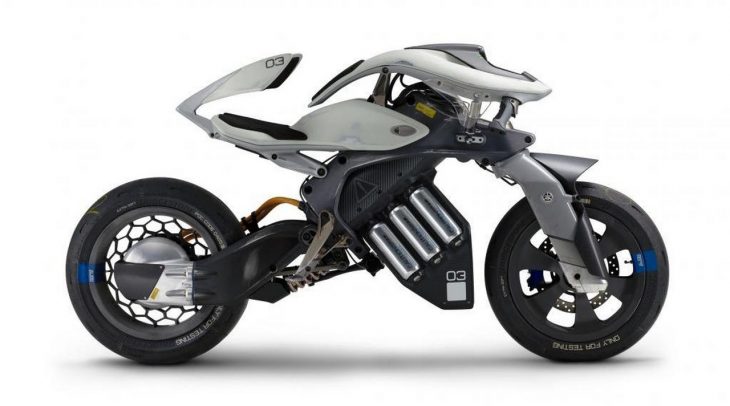Autonomous motorcycles are for real, you might also would like to check this road legal quad for sale.
To most people, the idea of an autonomous (self-driving) motorcycle is mind-boggling. Many are just starting to get used to the idea of autonomous trucks and cars, but truthfully most had never considered the concept of an autonomous motorcycle. But an autonomous motorcycle offers some interesting benefits. It’s small, inexpensive to manufacture, and less likely to cause significant injury to anyone in a low-speed accident.
Let’s consider the more interesting question of how you overcome the obvious problems of balance and control without rider input. Research and development into self-driving motorcycles is being explored and developed by some high-tech startup companies like Damon and also by the usual companies one would suspect, including Honda and Yamaha.
The Status of the Development of Self-Driving Motorcycles
While the development stage of self-driving motorcycles for some high-tech startups is still in their infancy, others are further in their developmental cycles. Both Honda and Yamaha have reached the point where their vehicles can move around and balance themselves without a rider-they can even balance themselves while standing still. These achievements are being reached through the use of various facets of artificial intelligence systems.
Yamaha Motoroid
Yamaha’s self-driving motorcycle is dubbed Motoroid and makes use of artificial intelligence algorithms through a system that it calls the Active Mass Center Control System. This achieves vehicle balance by shifting the vehicle center of gravity in real-time by rotating various parts of the machine such as the battery, rear wheel, and swing arm around an axis through the center of the vehicle. It makes use of a gyroscope sensor-based system of measurements that detects axis rotation and velocity, which is then communicated to the motorcycle’s onboard computer.
Honda Riding Assist
Honda’s self-driving motorcycle is a completely electric vehicle that uses artificial intelligence in a system it calls Honda Riding Assist continually assesses the position of the motorcycle without using a gyroscope. The system relies on the variable rake angle of the front wheel and a motor for the handlebar to balance itself.
The whole concept works because the wheelbase extends to create a positive rake angle when the vehicle is in motion and a negative angle which decreases the wheelbase for the vehicle to move around at lower speeds and when making sharp turns. The bike can stand on its own even without a rider and maintain its balance even at very slow speeds.
The auto-balancing feature is always enabled when a rider sits on the vehicle, and even when the motorcycle comes to a dead stop, the rider does not need to put their feet on the ground to balance the vehicle. It can be an eerie feeling for seasoned motorcyclists when they no longer need to pay so much attention to balance. Imagine how they’d feel after spending a few weeks on an autonomous motorcycle, only to then go back to a standard bike.
While the development of these autonomous motorcycles is currently in its infancy, it is inevitable that with the high-tech startups and the large established manufacturers throwing their efforts into bringing a usable vehicle to market, that very shortly we will probably see autonomous motorcycles sharing the road with self-driving cars. With riding assist technology, you can safely get to your destination without having to do much. Before you know it, these self-riding motorcycles will be on the road.
Improving safety
Though we might think of autonomous motorcycles for use as unmanned robot delivery droids, the most immediate way autonomous motorcycles could benefit us is in the safety of our current vehicles. You’ll still need to wear protective motorcycle gear, but this type of technology could intervene automatically if it was detected the bike was going to spin out of control. The autonomous AI could help the rider right the bike by making split-second adjustments to weight distribution.
It’s unclear if this type of tech could be retroactively fitted to used Harley-Davidsons or other popular makes. Autonomous motorcycles will probably remain a niche for some time, but they might not be too far behind autonomous cars. The smaller size of motorcycles means that people will be happier to accept the idea of slow-moving, completely autonomous motorcycle delivery robots than they are about letting an AI loose behind the wheels of a semi-truck.









